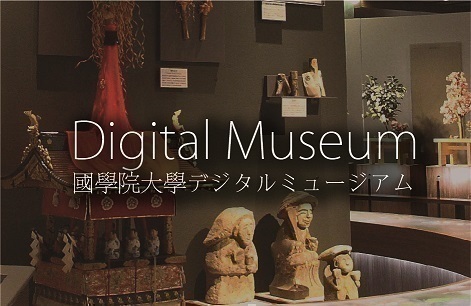- トップ
- Encyclopedia of Shinto
- Watarai Tsuneyoshi
Encyclopedia of Shinto
| Main Menu: | |
| Links: |
詳細表示 (Complete Article)
| カテゴリー1: | 8. Schools, Groups, and Personalities |
|---|---|
| カテゴリー2: | Personalities |
| Title | Watarai Tsuneyoshi |
| Text | (1263-1339) A scholar of Ise Shintō during the late Kamakura and Nanbokuchō periods. Born as the second son of Higaki Sadanao, the First Suppliant (ichi no negi), also called the Superintendent or chōkan) of the Outer Shrine (Gekū) at the Grand Shrines of Ise (Ise Jingū). His initial name was also Tsuneyoshi, but written with different characters. He was selected for the post of negi at the age of thirty. In 1296, when the Inner Shrine (Naikū) disputed the Outer Shrine's use of the character "imperial" (kō) with reference to the Outer Shrine, Watarai compiled Kō no ji satabumi (Documents on the Character for 'Imperial') and traveled to Kyoto together with Watarai Ieyuki to assist him in arguing the case of the Outer Shrine. In 1316 he was promoted to First Negi. In this same year, he drafted rules for pilgrims to Ise, disseminated under the title Bunpō fukkaryō (Abstention Rules of the Bunpō Era). During Emperor Go-Daigo's Kenmu Restoration, Tsuneyoshi offered prayers for the subversion of the Bakufu. Accused of military activities, he had to make the sea voyage to Kamakura to plead his innocence. In 1332, the year he changed the characters of his name, he wrote a preface to a work compiled by the monk Jihen, entitled Kuji hongi gengi (On the Original Meaning of the Sendai kuji hongi). Here, he stressed the virtues of sincerity and purity, to be attained through a strict practice of purification. On several occasions, he advised the court on matters pertaining to Shinto in general and the Grand Shrines of Ise in particular. He offered a secret text on purification to the retired emperor Go-Uda, and wrote a short treatise on the significance of the Ise shrines for the education of Go-Daigo's consort Chūgū no Renshi. Due to his reputation as a champion of deities and emperors, a shrine was erected on the spot where his headdress was said to have landed when he "ascended to heaven [i.e., died]" after his death. This shrine is still the object of devotion today. Watarai Tsuneyoshi died on July 27, 1339, at the age of 77. —Nakanishi Masayuki |




